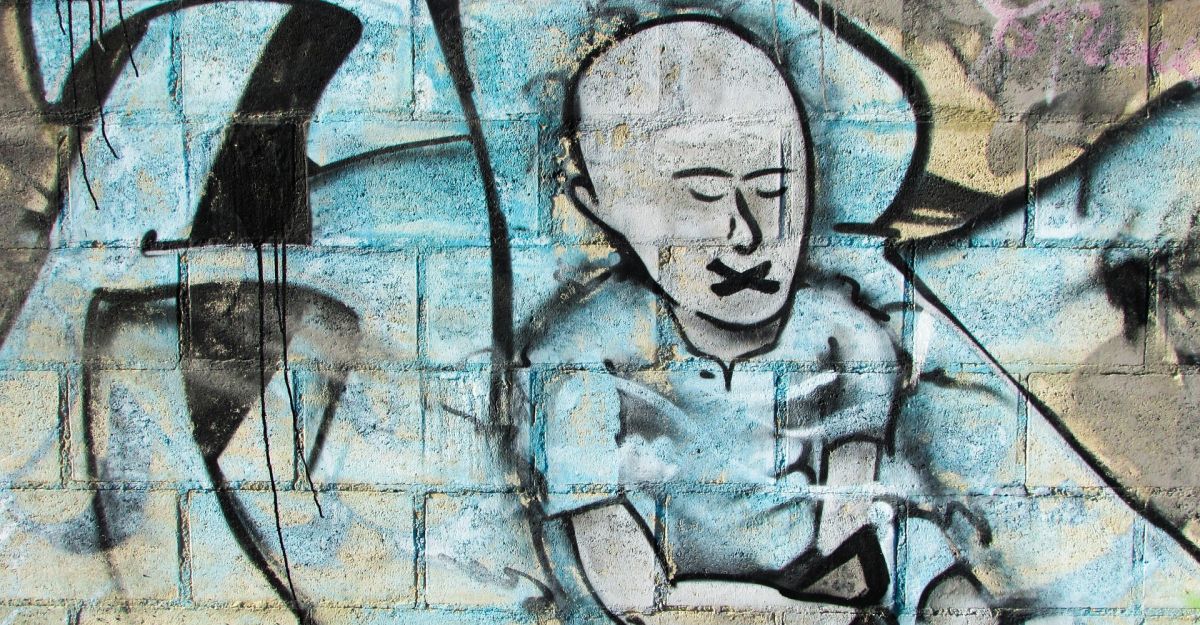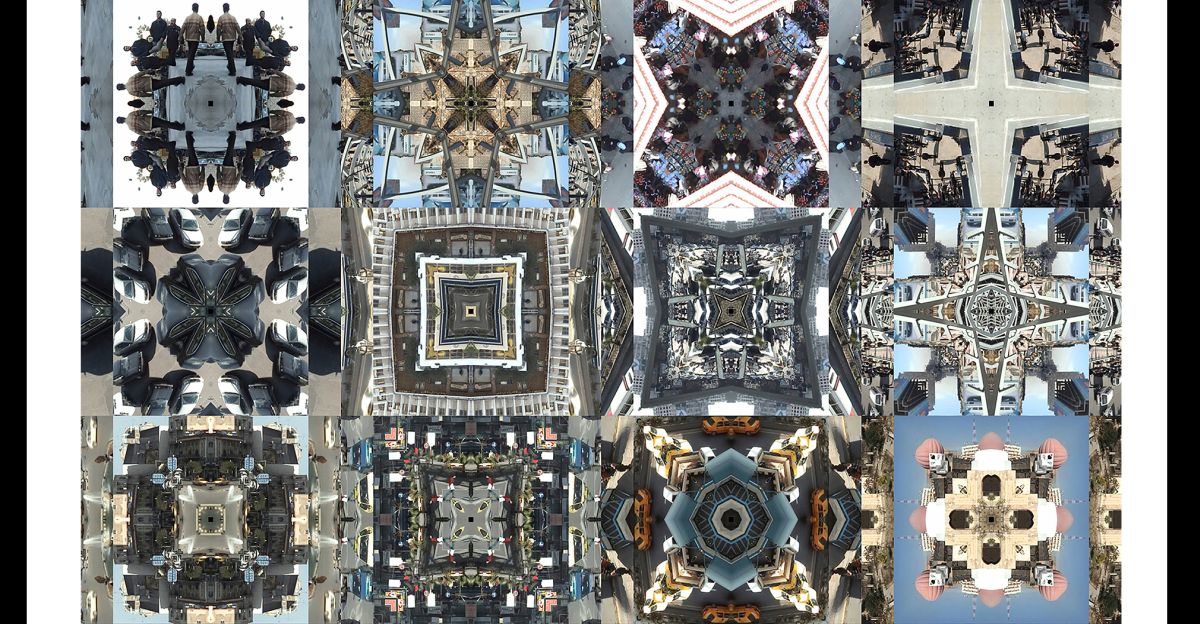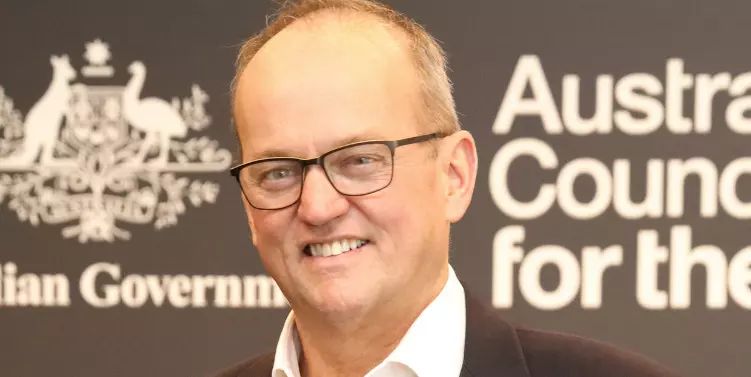Earlier this month, I had the privilege of speaking at an event organised by the Graham F Smith Peace Foundation. The gathering marked a significant milestone: over three decades of the Foundation’s tireless commitment to supporting artists and artist collectives to produce work that advances social justice and environmental or human rights. As a founding member of The Parallel Effect — a collective that had once been the recipient of this award — I was deeply honoured to return as a speaker and reflect on its impact.
As I gathered my thoughts, I soon realised it would be impossible to speak to the significance of this award without also raising the perpetual precarity faced by independent artists trying to work and survive in this nation today.
Amidst the backdrop of a truly lamentable funding model that fosters a risk-averse culture and guarantees lack of financial support across the board, artists are also navigating an unprecedented level of censorship.
This censorship extends far beyond the arts, and into the media, academic, environmental, and creative sectors.
A couple of days before the event, the News Director of the Australian public broadcaster decided it was important to adjudicate comments made by the network’s political journalist, Laura Tingle at a Sydney Writers’ Festival event.
In a panel discussion about coalition policy measures on migration and the economy, Tingle said: “We are a racist country, let’s face it. We always have been, and it’s very depressing.”
Even though Tingle was appearing as a guest writer and not as ABC political reporter, her news director decided it was prudent to remind “Laura of their application at external events as well as in her work,” adding, “I have counselled her over the remarks.”
For an executive to publicly chide one of their most experienced journalists in this way creates an alarming new precedent for Australia when it comes to the future of free debates at public forums. Is it now necessary for employees of this nation’s public broadcaster to apply ABC editorial policy guidelines (including evidence, caveats and “balance”) when they are articulating … anything of a political nature with audiences outside of work, anywhere? Most importantly, wouldn’t this prohibition to speak serve to entrench social ills such as racism?
As Australia’s Race Discrimination Commissioner Giridharan Sivaraman has written:
As is often the case in Australia, the person who calls out racism faces far more scrutiny than the racism itself. This is partly why our media is so timid in addressing racism — because powerful voices try to shut down conversations that challenge the status quo.
In the same weeks, South African environmental leader, Tasneem Essop — Executive Director of Climate Action Network International — had her accreditation to attend the mid-year UN climate talks in Germany revoked. Essop has participated in these talks for close to two decades. This time, she and a colleague raised a Palestinian flag and banner on the conference stage reading: “No business as usual during a genocide.” They were immediately escorted out by the UN security service.
As a renowned and committed environmental advocate who was there to represent the concerns and interests of an international NGO, surely it is incumbent on Essop to address the urgent situation in Gaza within such a forum? After all, according to researchers and environmental organisations, the destruction in Gaza is expected to have significant and enduring ramifications on its ecosystems and biodiversity. Given the extensive scale and long-term consequences of this devastation, there are increasing calls for this decimation to be recognised as “ecocide” and investigated as a potential war crime.
In the arts sector, there have been a number of examples that highlight the ongoing challenges faced by creatives when their work intersects with political and social issues.
One notable case involves Abdul Abdullah, an artist whose work often explores themes of marginalisation and societal exclusion. In 2019, his works were part of a touring exhibition called “Violent Salt” that focused on the experiences of violence, colonisation and oppression across various landscapes.
Two of Abdullah’s pieces depicting Australian soldiers with large, smiling emoticons were deemed offensive by local politicians and veterans’ groups in Mackay, Queensland. After significant political pressure, the artworks were removed from the touring exhibition.
Another prominent example involves the Australian performance artist Casey Jenkins (sh). Their live artwork “Immaculate” sought to document their ongoing process of trying to conceive via self-insemination as a solo, queer person.
Even though it is illegal in Australia to discriminate against someone based on their potential to become pregnant, their marital status, gender or sexual orientation, this performance — which aimed to challenge societal norms around motherhood and the female body — faced considerable backlash and was ultimately jettisoned by our nation’s official arts funding body, Creative Australia. The funding body broke their contract with the artist, paving the way for other cultural institutions who had previously programmed the work to follow suit.
The rescinding of this financial and institutional support took a considerable toll on Casey’s health and wellbeing. And although they took Creative Australia to Federal Court and won, in the wake of the trial, our nation’s official funding body has introduced an “Audit and Risk Committee” whose tasks include managing what the organisation deems to be its “highest risks, including those associated with individual projects.”
More recently, three actors from the Sydney Theatre Company faced significant backlash for wearing keffiyehs during a curtain call of Anton Chekhov’s The Seagull. The actors — Harry Greenwood, Megan Wilding, and Mabel Li — wore the scarves to take a stance against genocide and to show solidarity with the people of Gaza. Their action, however, led to a flood of complaints that conflated Jewish identity with the political actions of Israel and falsely accusing the Sydney Theatre Company of antisemitism.
Several high-profile donors and board members resigned, and this pressured the STC to issue an apology and cancel midweek performances of the play. In the apology, the theatre company emphasised its responsibility to create a “safe” space and asked actors to refrain from political expressions on stage for the rest of the show’s run.
While the actors kept their jobs, the episode highlights the tension between artistic freedom of expression and the sensitivities of donors and patrons. And, perhaps more importantly, it emphasises the financial vulnerabilities of cultural institutions reliant on external funding — revealing how censorship will always be alive and well in our nation for as long as political expression can lead to financial repercussions of this kind.
Yet another example: in March, the State Library of Victoria cancelled its free annual writing bootcamps for teenagers, claiming it had concerns over “child and cultural safety”.
Three artists — including poet Omar Sakr, young adult author Alison Evans and the journalist Jinghua Qian, who have all been vocal in their calls to end the ongoing genocide in Gaza — suddenly had their contracts with the library terminated.
When asked about this decision, a spokesperson for the Library said:
At this time of heightened sensitivities, it is important to make sure our protocols and practices remain effective to discharge our duty of care for everyone involved.
Did the institutional body not have a duty of care to the artists?
These many examples of censorship coalesce to form a pervasive culture of intimidation. Artists —already some of the most marginalised and underfunded people in our society — are forced to weigh job security and survival against the pursuit of truth and adherence to their principles.
*
Away from the public eye, a different and perhaps more insidious type of artistic censorship occurs. The livelihood of independent artists is dependent on funding. Eighty per cent of an independent artist’s work is spent planning for and preparing to submit grants. Following the extensive period of project planning, which often spans months, the grant application process typically demands an additional three to four days for completion. Compounded by the reality that independent artists labour without a salary, this exhaustive effort is entirely uncompensated. Consequently, one of the most effective and common ways to silence artists is for government funding agencies, cultural institutions, and festivals to simply cease supporting their work.
Part of the reason why this form of censorship is so powerful is because it takes place behind closed doors, unnoticed except but the artist — who, as a result, can no longer pay their rent, or afford to eat without forfeiting their craft for another job.
Surviving as an independent arts worker has always been precarious. Surviving as an independent artist who strives to produce and share contemporary work ethically, even harder.
Artists have always sought to depict the world around them. At a time when our world is facing a host of profound crises, it is vital that artists who care about environmental and human rights, who care about social justice, be not penalised, but rather valued, for doing so.
It seems that in 2024, in Australia and elsewhere, the interplay between the current funding models, and the gatekeepers of cultural institutions and festivals versus democratic freedom of artistic expression has come to a head.
The precarity created by limited and extremely competitive funding structures is dangerous and unfair, and has very real ramifications on the nature of work that is produced. In an article on the state of Australian theatre in The Monthly, Alison Croggon observes:
Under the attritional pressure of continuous funding cuts, an increasingly conservative culture and, finally, the impact of the pandemic, that collective energy — that sense that theatre was the place to be — has long dimmed. Of course there are always people making good work, and now is no exception. But the struggle to make new, experimental or visionary work — the work that is at the core of a culture’s vitality — is much harder than it was a decade ago.
As an artist committed to collaborative efforts aimed at creating urgent and impactful work, I firmly believe this sentiment holds true for any ambitious multidisciplinary art form here in Australia today.
Australia is a wealthy country. The latest figures from the Australian Bureau of Statistics show that the average Australian income is around $98,000. Yet, the majority of professional independent artists live close to the poverty line.
A study by Professor David Throsby, released ahead of this year’s federal budget, revealed that half of all Australian artists earn less than $10,000 per year from their creative practice. The other half take $23,000 from creative work and an annual total of $54,500 from all sources of combined income. This, despite the fact that artists train for more than a decade in order to become established in their field.
The situation is unsustainable, unsafe and unfair. After all, artists are workers and taxpayers. Artists pay rent, mortgages, they even have children. They live with disabilities and health and housing challenges, like everyone else.
We have arrived at a critical juncture. Could it finally be time for Australia to commit to genuinely assessing, adapting and ultimately implementing, the models set in places like France and Ireland? Here, the work and contributions of professional independent artists are valued by society, and in return, in addition to the existing funding streams, the financial wellbeing of creative workers is met with a basic income.



